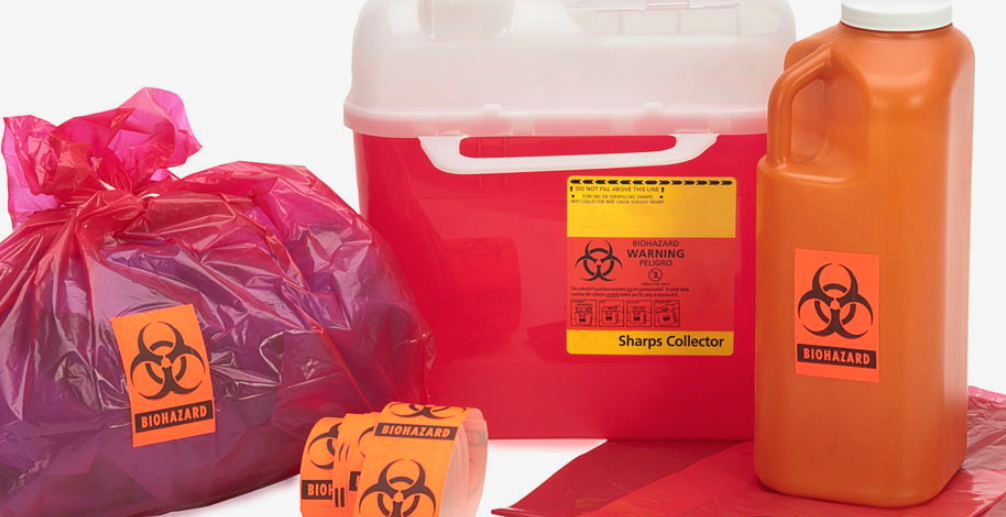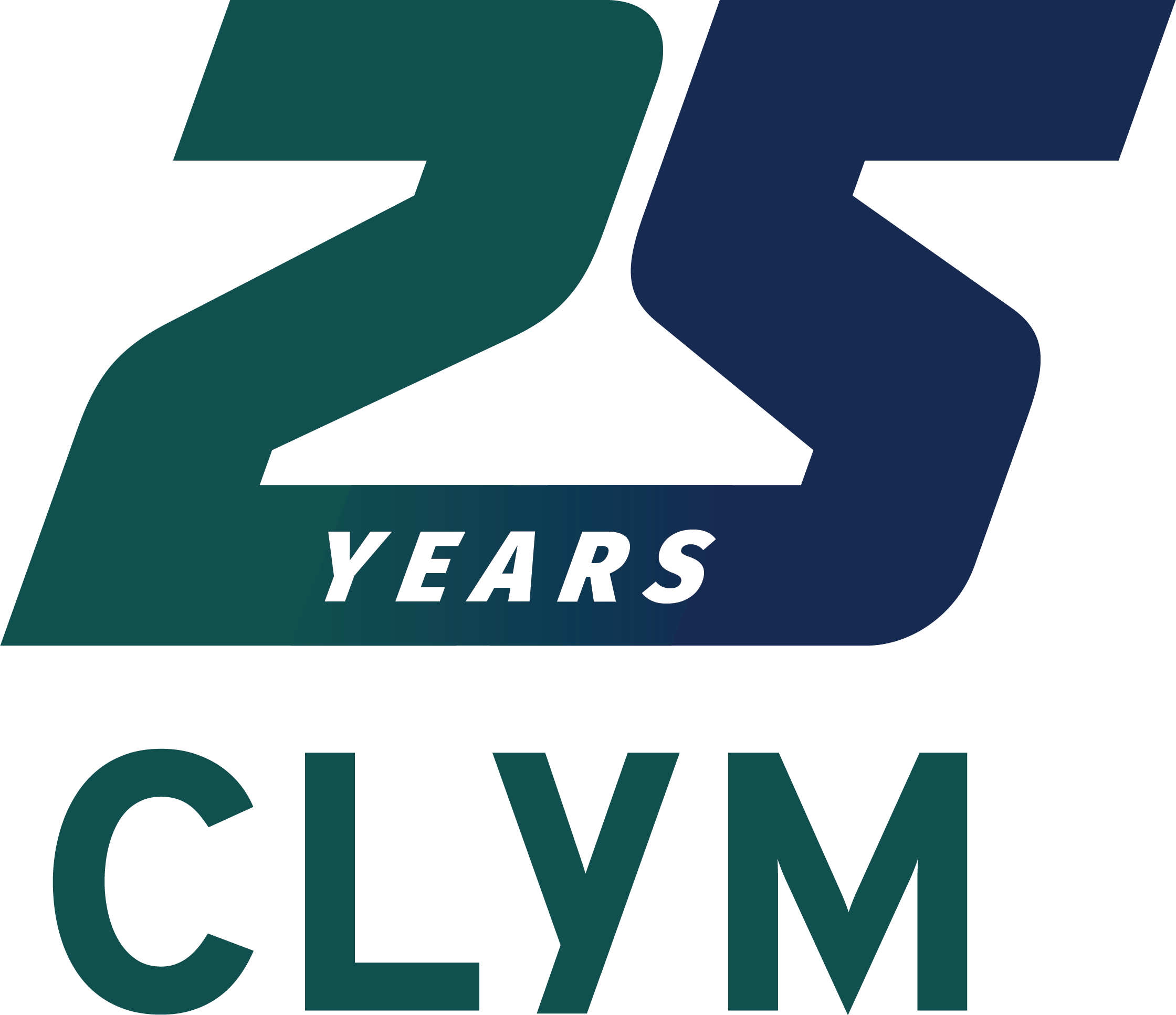
If you’ve ever worked in a biomedical research or healthcare setting, you’ve either used an autoclave or seen one at work. And while autoclaves may sterilize and disinfect biohazardous and medical waste, there are issues with the amount of resources they require to operate– and the final form of the byproduct they leave behind.
Autoclaves use large quantities of steam to sterilize biohazardous waste– pipettes, Petri dishes, gloves, and other items that may have been contaminated by blood, bacteria, or other bodily fluids. First, air is removed from the waste in the chamber using gravity or vacuum pumps. Once the air is gone, the autoclave fills with steam until it reaches the target temperature and pressure, which triggers the selected sterilization cycle. The autoclave maintains the pressure during the cool down phase so that liquids will not boil over inside the chamber.
At this point, biohazardous waste is disinfected– but its original size, shape, and weight are unchanged. This disinfected waste– which may still include things like used syringes, vials of blood, nanoparticles, pharmaceuticals, pathological wastes and devices used during medical procedures in their original form– must still be taken to the landfill, where it is dumped exactly like household garbage. Although autoclaving meets some guidelines for sterilization and disinfecting, there is little that can be done about the large amounts of waste product left behind.
Fortunately, all that is changing with the advent of ozone processing – a safer, cleaner, more eco-friendly method that is revolutionizing biohazardous waste disposal. The ozone method uses only electricity, ozone gas, and an industrial shredder to process dangerous waste. Ozone processing:
- Produces a sterilized product that surpasses the disinfection standards of autoclaving.
- Requires no heat, so there is no consumption of natural gas.
- Relies on the natural oxidizing power of ozone to sterilize waste, creating zero emissions.
- Does not depend on generated steam like an autoclave, so no water is needed.
- Because no water is used in the disinfection process, contaminated run-off is not created to seep into rivers and lakes.
- Does not leave behind recognizable waste products like syringes and other medical supplies, eliminating the safety hazards posed by syringes and medical waste that remain fully exposed after autoclaving.
- Shreds the final product into tiny, “confetti-like” strips, reducing biohazardous waste by nearly 90%, significantly reducing the volume of waste being placed into landfills.
- Uses an automated, hands-free, continuous-feed processing machine, minimizing or eliminating human contact with the potentially dangerous waste.
How important is the migration from autoclaving and other traditional methods of biohazardous waste management to cleaner, more eco-friendly methods like ozone processing? Considering that nearly half a million tons of biohazardous waste is generated every year in the United States alone, it’s critically important. Besides creating high levels of toxins, unpleasant smells, and contaminated water run-off, traditional methods of biohazardous waste disposal rely heavily on our valuable and diminishing natural resources. The pressure is on for all generators of medical waste, such as research labs, healthcare offices and clinics, vets and others, to take an active role in managing their carbon footprint. With the success and ready availability of ozone processing, taking action has never been easier.
Why not make the change now?
Why do organizations outsource their biohazardous waste disposal and management needs, as well as other environmental, health and safety services? Value. By leveraging Clym’s substantial experience and resources, our clients can reduce EHS expenditures, minimize corporate liability and maximize the return on their safety investment. If your organization uses hazardous chemicals, radioactive materials or biological agents in life sciences research, development, production, distribution or healthcare services, visit clymenvironmental.com or call 888-289-2324. You can consult with Clym’s Waste Management & Environmental Experts to learn more about our comprehensive menu of waste management and environmental, health and safety services.
